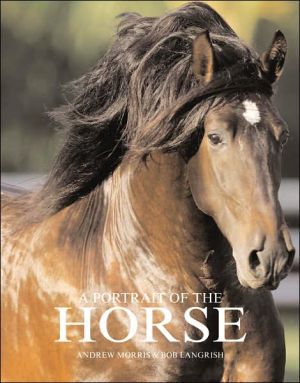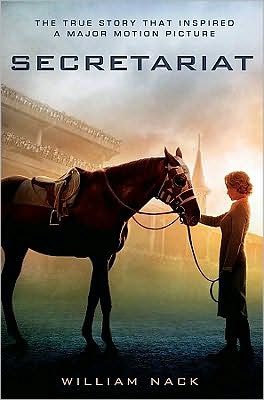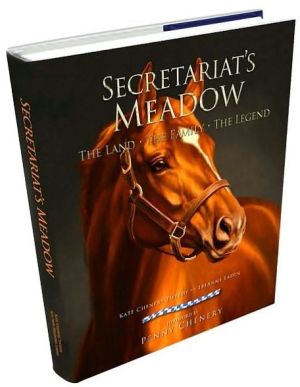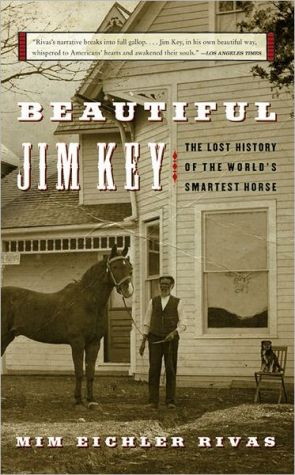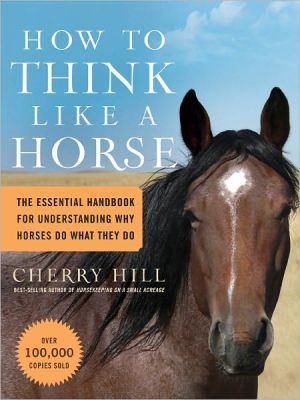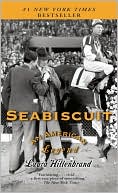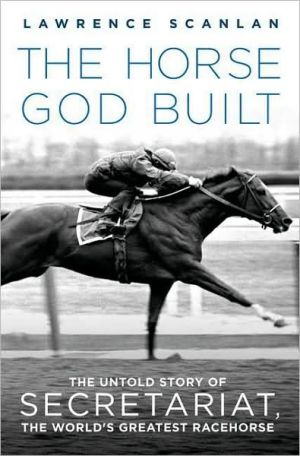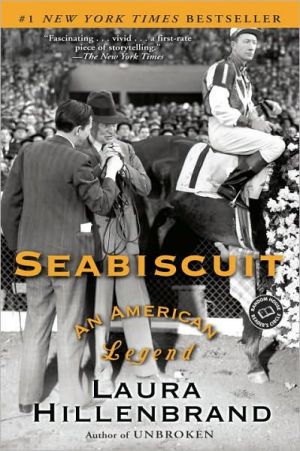A Portrait of the Horse
It has taken nearly 60 million years for the horse to evolve from Eohippus, the Dawn Horse, to the modern horse we know and love today. Horse-lovers do not need to be reminded of the debt they owe Equus caballus, but to others, this may not be so immediately apparent. While the horse has been eulogized and has on occasion even assumed mythical proportions, it is at heart a practical creature. While it has achieved harmony with mankind, it has never forgotten its place within the natural...
Search in google:
It has taken nearly 60 million years for the horse to evolve from Eohippus, the Dawn Horse, to the modern horse we know and love today. Horse-lovers do not need to be reminded of the debt they owe Equus caballus, but to others, this may not be so immediately apparent. While the horse has been eulogized and has on occasion even assumed mythical proportions, it is at heart a practical creature. While it has achieved harmony with mankind, it has never forgotten its place within the natural world. In a sense, the horse can be seen as man’s travelling companion through life, and this is a task he has accepted with generosity and grace over many thousands of years. The horse, more than any other animal, has had the strongest connections with human history, and his influence on our culture has been profound. Before the dawning of the mechanical and industrial age, he was indispensable to man: while he was sharing our lives on a domestic level, he was also a beast of burden and a method of transport. From carrying conquering armies into battle, he has made the seamless transition to his latest incarnation as an athlete, and now excels in sport and competition.Wild horses were first domesticated in Eastern Europe and the Near East about 5,000 years ago, and by 1000 BC, could be found all over Europe, Asia and North Africa, all having evolved from three primeval types. These were Equus caballus sylvaticus, the Forest Horse, Equus caballus przewalskii (the Asiatic Horse) and Equus caballus gomellini, the Tarpan, which exists as a protected species to this day. Indigenous prehistoric horses were once also present in the Americas, but one day they inexplicably disappeared andwhy this happened has never been discovered. It was the Spanish conquistadors who reintroduced their Iberian horses to the Americas and these continued to evolve in a different way from horses elsewhere. The early pioneers needed horses of great hardiness and stamina and their horses evolved accordingly; bloodlines from other countries were later imported to improve and refine.Today, modern breeding methods have produced the ultimate sport horse. It is usually bred from coldblooded horses, such as Shires, crossed with hotbloods such as the Thoroughbred. These warmbloods are bred exclusively for sporting purposes, such as showjumping, eventing and dressage. They are not for work on the farm, but have been produced exclusively for people to enjoy and engage in competition. Well-known sporthorses include the Hanoverian, Trakhener, American Warmblood and Holstein.A Portrait of the Horse does not include every breed in existence today, but those that are featured all celebrate the strength and beauty of the horse through all its many guises.
